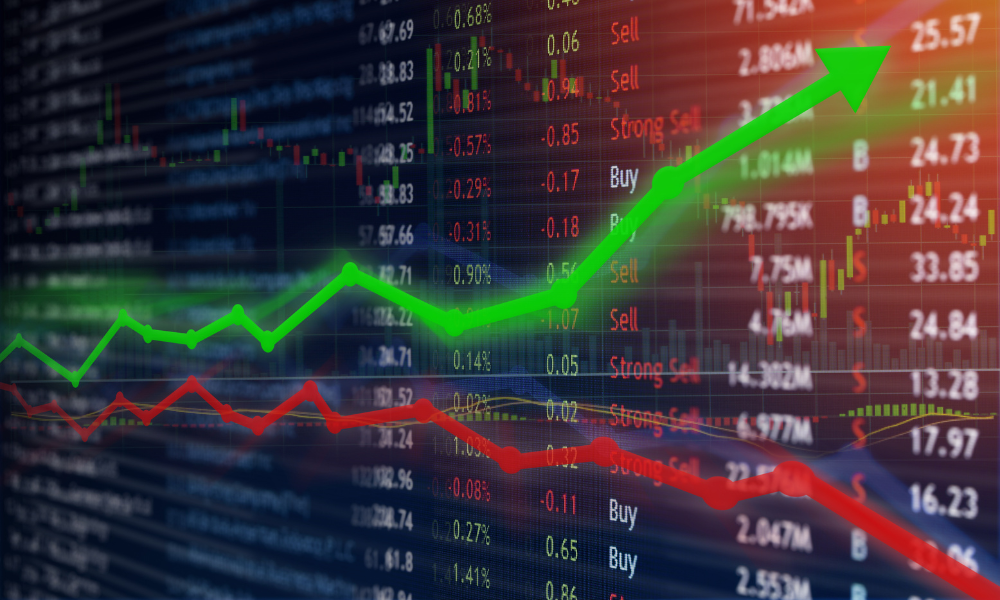Despite their recent popularity, several lingering concerns remain for the trend-based investment products

Given lingering concerns about liquidity risks, excessive exposure to costly growth stocks, and long-term underperformance, themed ETFs have a long way to go before they are widely accepted by the investment community.
According to a report by ETF Stream, thematic ETFs are not always completely aligned with the theme they are attempting to capture, despite their straightforward proposition of providing exposure to major long-term structural trends that are poised to alter society.
ETF issuers must consider diversification and liquidity concerns in addition to theme purity, and which may result in equities being included in indexes that may not properly reflect the megatrend.
Moreover, prominent themes like robotics, cybersecurity, and clean energy tend to include more growth-oriented firms that have been trading at inflated values until lately.
ETF Stream cited work by David Blitz, Robeco's head of quantitative research, which found 36 MSCI thematic indices had a negative value exposure of -0.41 and a profitability exposure of -0.57 over the previous three years, as of the end of April 2021.
“From an asset-pricing perspective, this implies that investors in passive thematic indices could potentially face lower long-term expected returns,” Blitz said.
As a result, the importance of timing cannot be overstated. However, this has not been ETF issuers' strong point, with many launches taking place at the height of a megatrend's euphoria – right when the risks of trend-chasing are most prevalent – in order to garner maximum attention.
In the five years after they came to market, 526 specialized – thematic and sector – ETFs provided a median risk-adjusted underperformance of -3.1% per year post fees, according to the analysis.
“This analysis suggests specialised ETFs do not create value for their investors by providing outperforming investment strategies,” experts said. “Consequently, the high fees and lack of diversification of these products remain a puzzle.”
Regardless of this, investors have been drawn in by the prospect of huge profits and a captivating story to tell clients.
In a recent report, Morningstar said thematic fund industry AUM more than tripled in the period between 2018 and 2021. By the end of last year, total assets in thematic funds globally stood at US$806 billion, representing 2.7% of all equity funds.
In Canada, thematic funds had $2.6 billion in AUM at the end of 2021 – still a small portion of the roughly $2.4 trillion AUM the Canadian fund industry held overall, but up significantly from $405 million five years prior.



